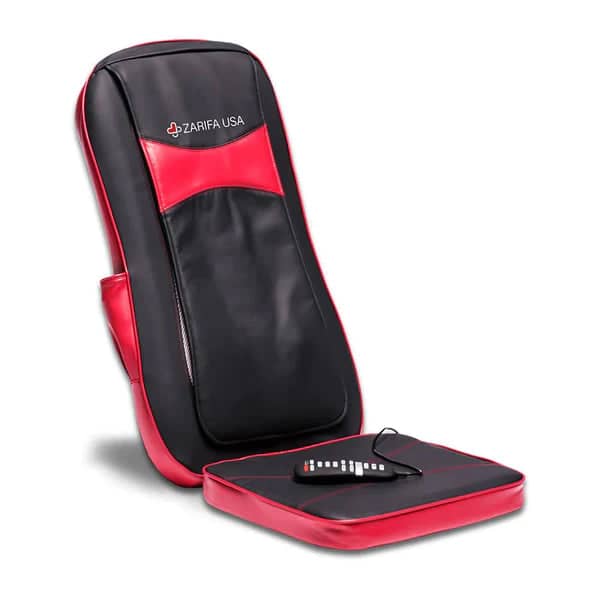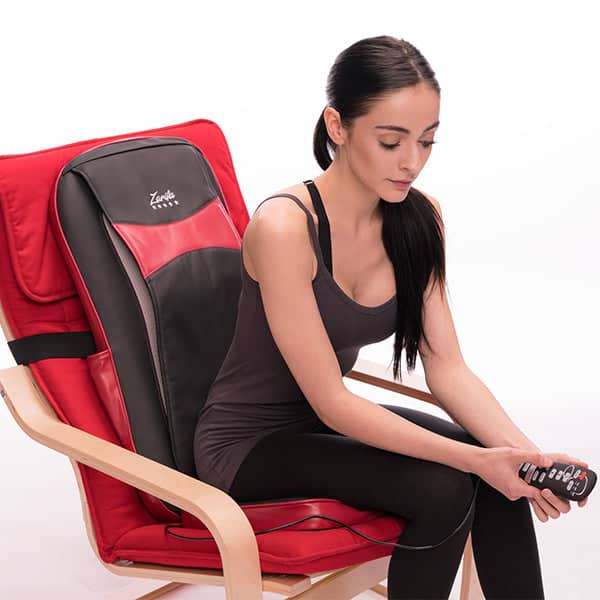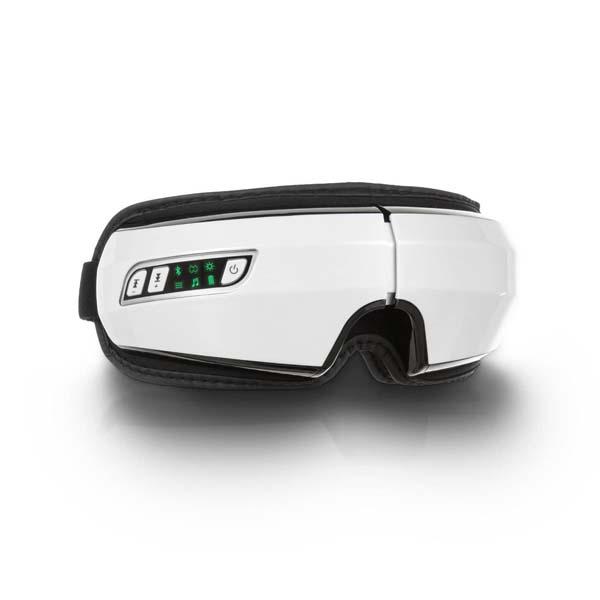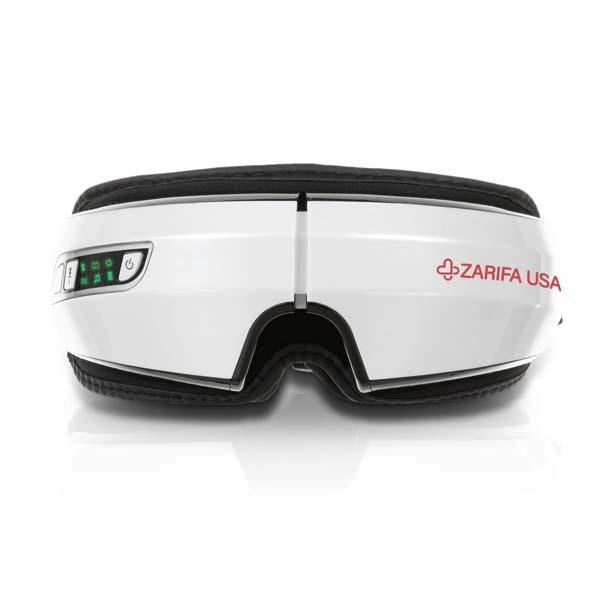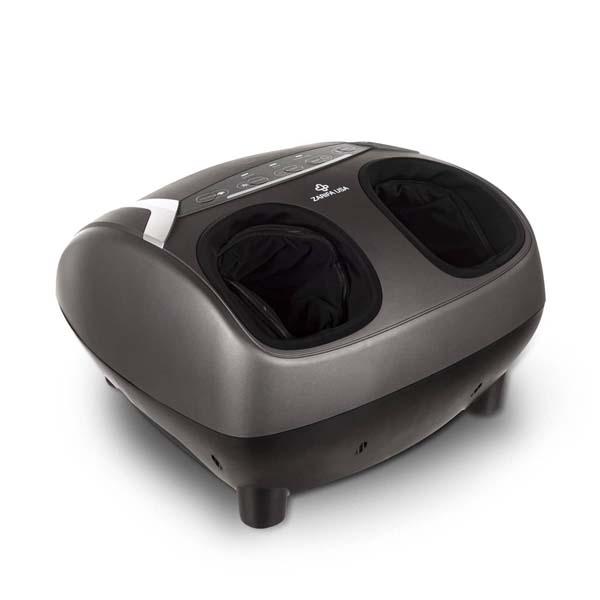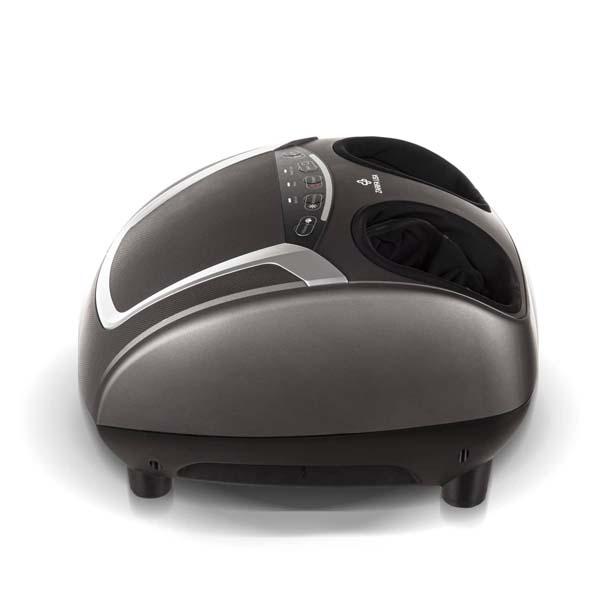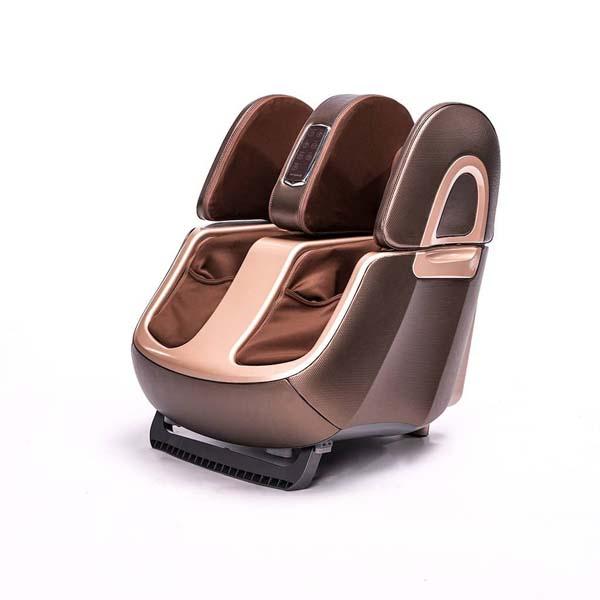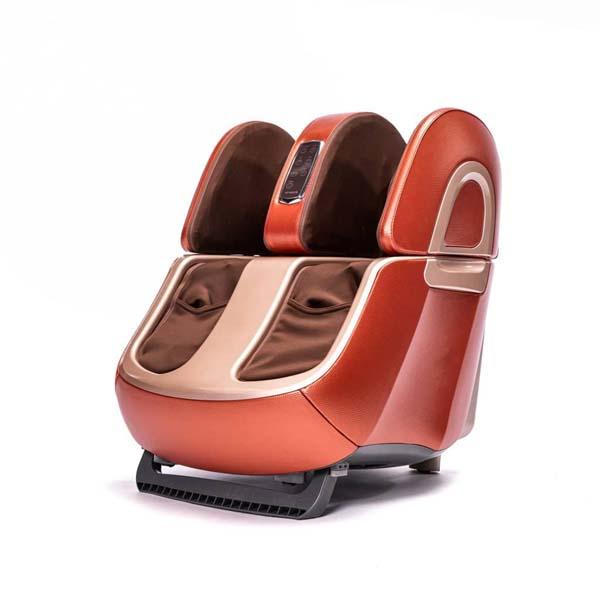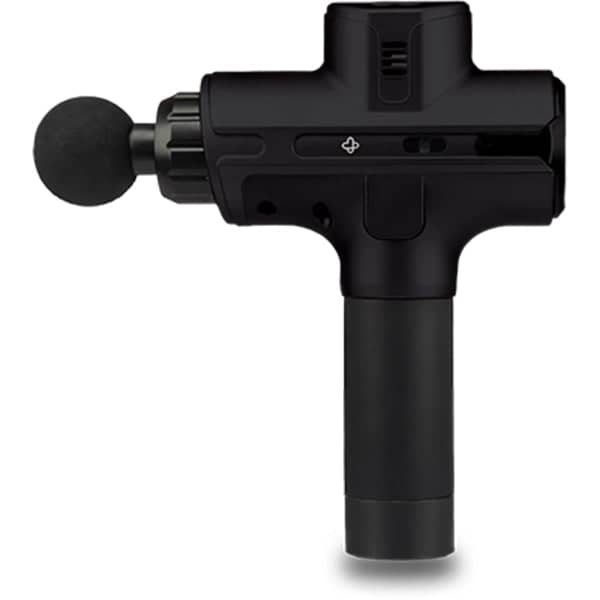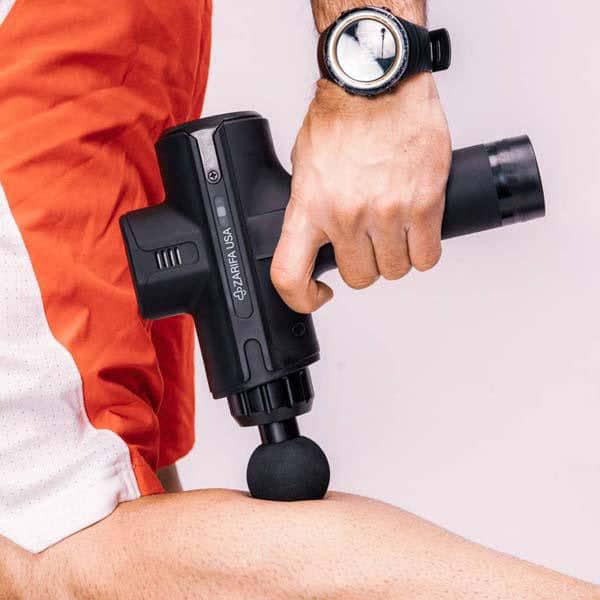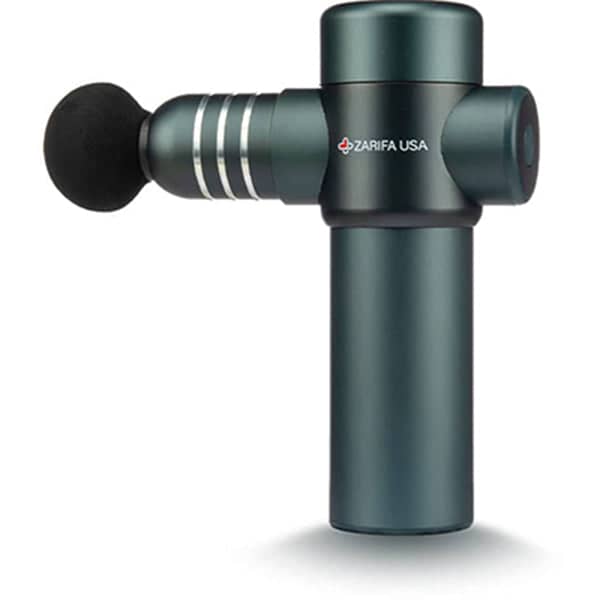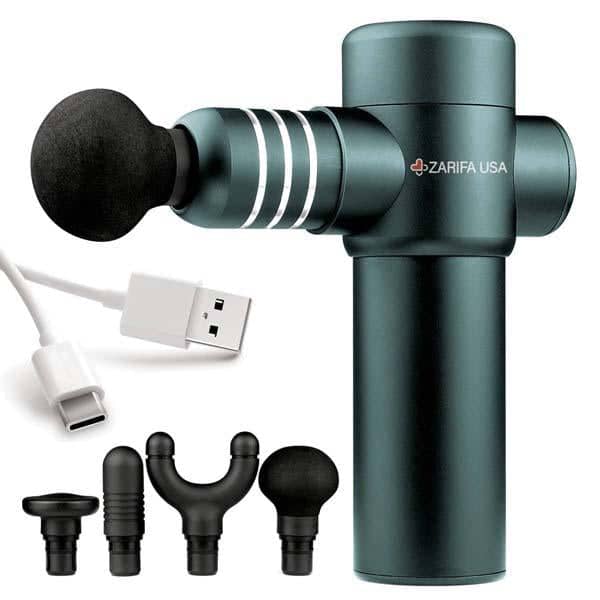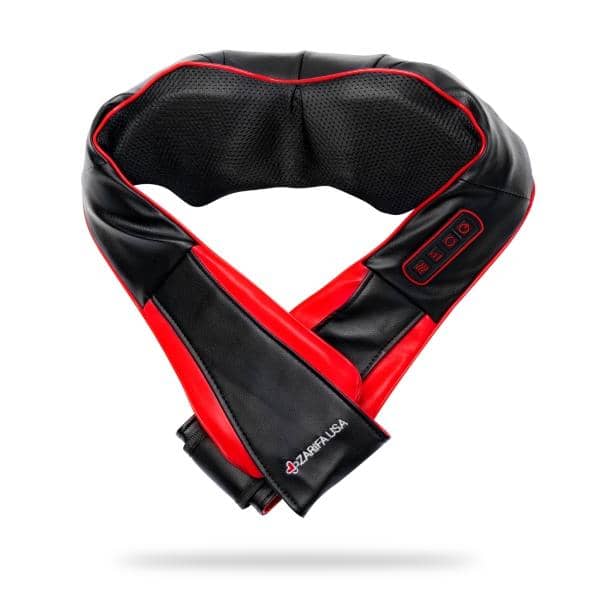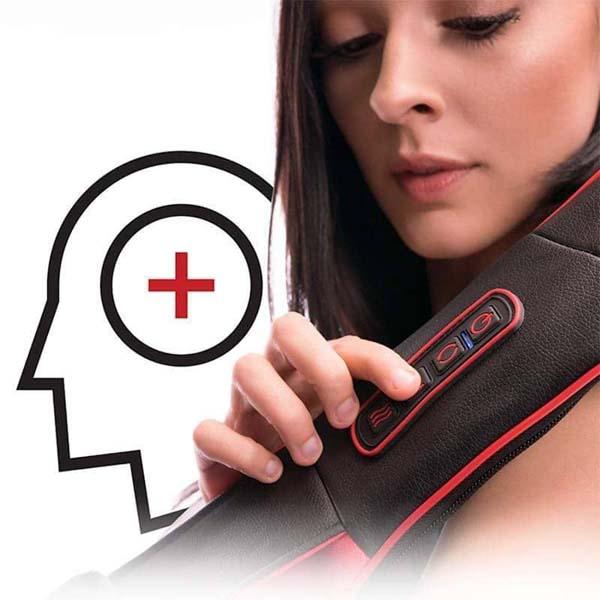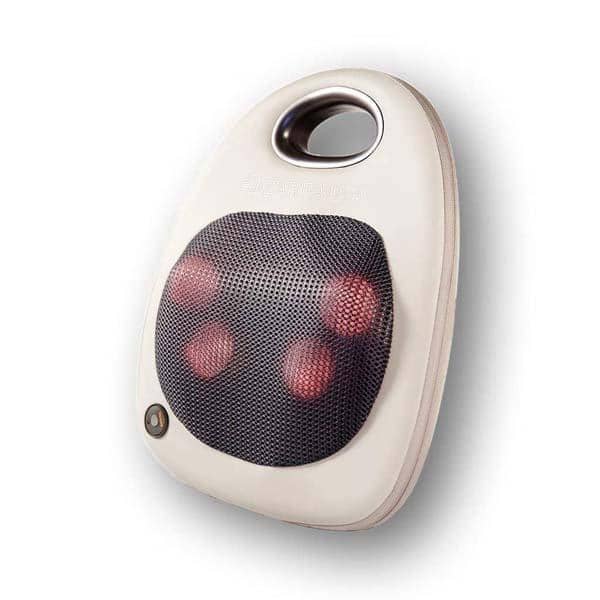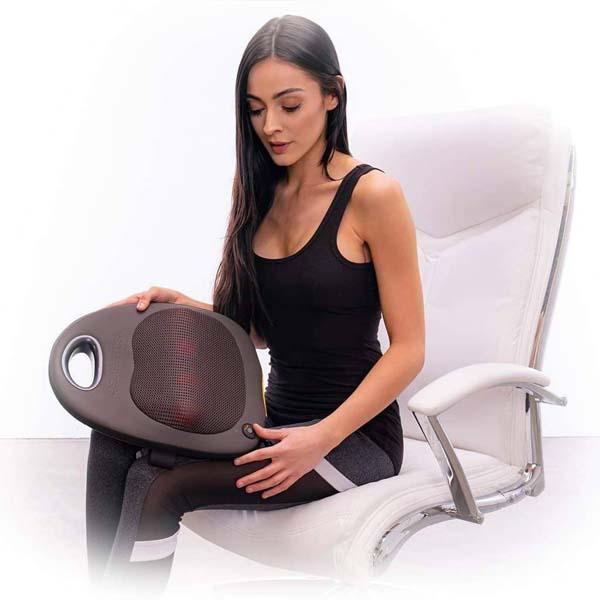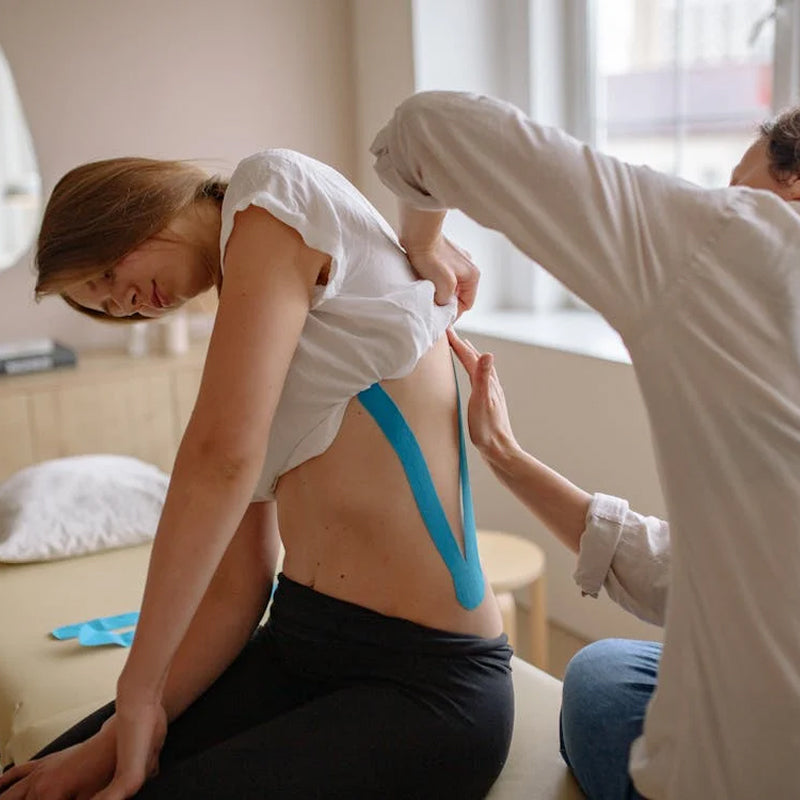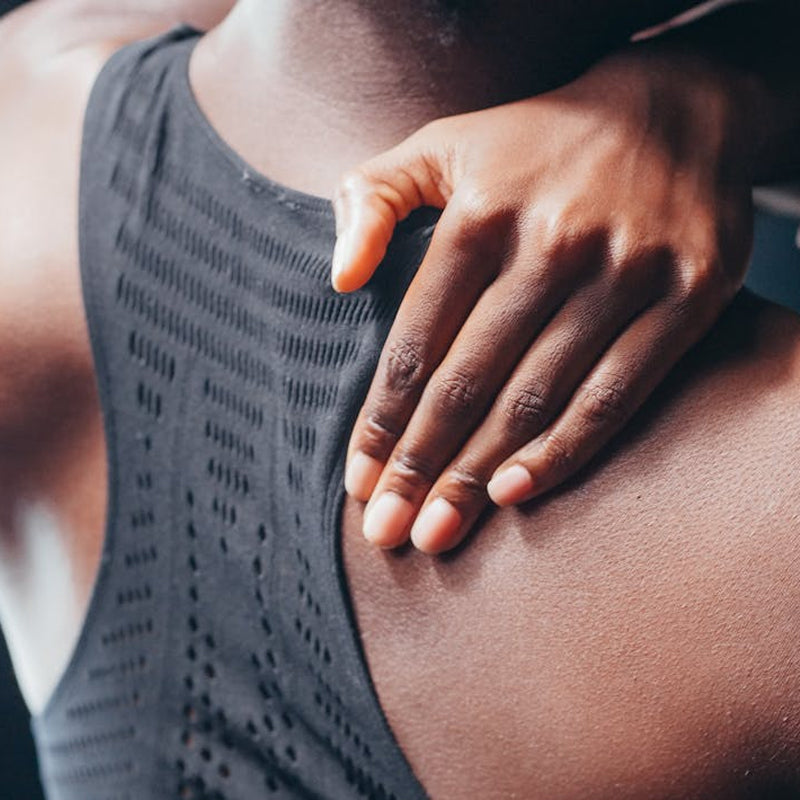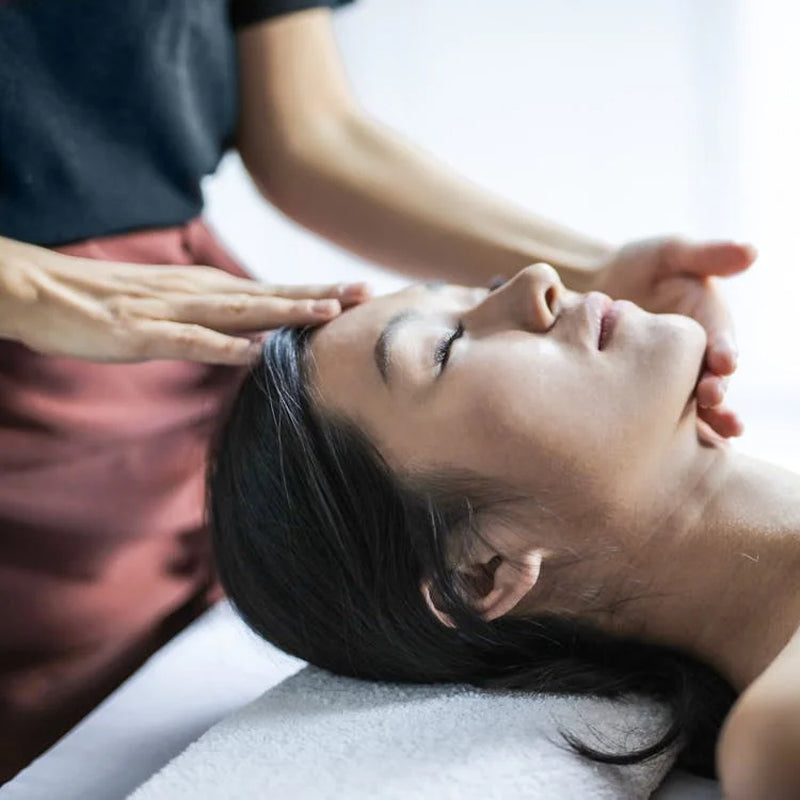Let us first define what is “relaxation”. In psychological terms, “relaxation” is the emotional state of low tension, where there is an absence of arousal in negative energies such as fear, anger, or anxiety. More specifically, when the mind and body are free from anxiety and tension.
“Relaxation therapy” is defined as a type of therapy which helps reduce muscle stress and tension, lowering blood pressure, and controlling pain levels. Typically involves the tensing and the relaxing of muscles all through a body. Occasionally, guided imagery that helps the mind to focus on positive images is used as well as the practice of meditating with focused thoughts.
How does relaxation therapy work?
A number of techniques are designed to teach one how to be able to voluntarily relax, without effort. Techniques may include specific breathing practices as well as progressive muscle relaxation exercises, that are designed to reduce mental and physical tension.
The techniques used in relaxation therapy have the potential to reduce stress and help to enjoy a better quality of life, specifically if one has an illness like cancer or diabetes. The exploration of relaxation techniques one can do alone, is suggested. High quality massage tools are also helpful in these practices, especially if it is being done solo.
Techniques that promote the relaxation process decreases effects of stress on the body and mind. They help with coping with the everyday stressors as well as with various health issues that could be related to stress like and with stress related to various health problems such as chronic pain or heart disease and high blood pressure.
Relaxation techniques often are free or low cost, pose little risk, and are able to do almost everywhere.
When facing health issues with numerous responsibilities and demands, to practice relaxation techniques are not necessarily first on the list however, that may pose the unfortunate result of missing out on important health benefits of relaxation, such as:
- Slower heart rate
- Lower blood pressure
- Slowing down breathing rate
- Improved digestion
- Normal blood sugar levels
- Reduced usage of the stress hormones
- Increased blood flow to muscles
- Reduced chronic pain and muscle tension
- Improved mood and concentration
- Improved quality of sleep
- Lowered fatigue symptoms
- Reduced frustration and anger
- Boost of self-confidence in handling every day challenges
Try to regularly practice relaxation techniques to successfully feel the benefits.
Types of relaxation techniques
Autogenic Relaxation
Defined as “something that comes from within you”. Using both body awareness and visual imagery by repeating words or suggestions in your mind to help relax and reduce muscle tension.
Progressive Muscle Relaxation
Focus on slowly tensing and relaxing each individual muscle group for about five seconds, relax for thirty seconds and, then repeat.
Visualization
Form images in the mind for a visual journey to a calming, peaceful situation or space.To use visualization, try to incorporate as many senses as you can. Close the eyes, sit quietly, loosen up tight clothing, and focus on breathing, staying in the present while trying to think positively.
Additional techniques used:
- Breathing deeply
- Massages
- Meditation
- Martial Arts like Tai chi
- Practice of yoga
- Biofeedback
- Art and music therapy
- Aromatherapy
- Hydrotherapy
Once practiced and it becomes a habit, the more one is able to understand what the stress response feels like, thus being able to promptly make a conscious effort to practice any of the relaxation techniques learned as the stress arrives, preventing it from spiraling down into worse conditions.
These techniques take skill and with any skill, the ability improves with practice. Be as patient as possible with the practice and try not to let it become yet another stressor. Should one technique not work, try a different one. If none of these work, consult a physician. Should there be any emotional or physical discomfort as a result of practicing these techniques, stop immediately and discuss with a doctor or a mental health provider before continuing.
Progressive muscle relaxation, is a method which helps to relieve tension that occurs when there is anxiety or stress present in the body and mind. This practice suggests that first, tense a group of muscles while breathing in, and to relax them while exhaling and, to work the muscle groups in a particular order as suggested below. When beginning this practice it would be helpful to find a recording or video that will provide the instruction in order, until it is memorized.
- While breathing in, tense up the first muscle group for about four to ten seconds
- Breathing out longer than the breath in, totally relaxing that muscle group
- Relaxing for ten to twenty seconds afterward before moving on to the next group of muscles muscle group. Take notice of the difference between how muscles feel when they are tense and how they feel when relaxing
- When completed, count from five to one, bringing the focus back to “now
- Once this technique is memorized, should a certain muscle become extremely tense, try focusing solely on that area without going through the complete routine
Muscle groups in order
Hand/s
- Clench and release
Forearms and wrists
- Extend while bending hands back at the wrist
Upper arms and biceps
- Clench hands into a fist, bend arms at elbows, flex biceps
The shoulders
- Shrug and raise toward ears
The forehead
- Wrinkle forehead into deep frown
Bridge of nose, near eyes
- Close eyes as tightly as possible. Note: please remove contact lenses beforehand!
Jaw and cheeks
- Smile wide as possible
Around mouth
- Press lips together tightly (be sure to check face for tension and focus soley on lips).
Neck (back side)
- Press back of head against the floor or chair
Neck (front side)
- Touch chin to chest, trying not to create extra tension
The chest
- Take deep breaths holding at four to ten seconds per breath
The back
- Arch back up and away from chair or floor
- The stomach.
- Suck in, into a tight knot
Buttocks and hips
- Squeeze buttocks tightly together
- The thighs
- Clench hard
The lower legs
- Point toes toward face, then away, while curling downward at the same time. Check area from waist down for tension.
Hopefully, this ideas will help you relaxed and reduce stress.
Of course, at Zarifa, we believe there is nothing better than relaxation in one of our high quality massage chairs.


